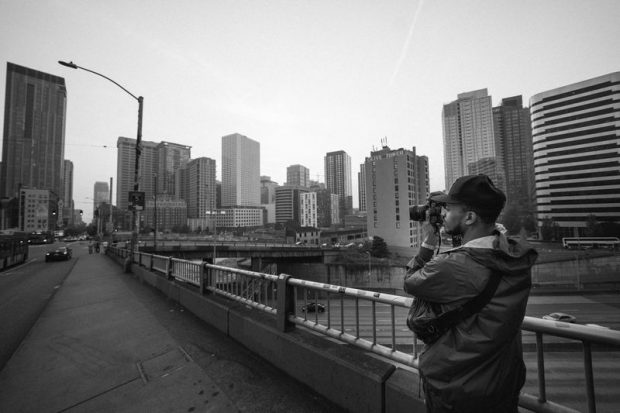The Best Strategy To Use For Framing Streets
Wiki Article
Getting My Framing Streets To Work
Table of ContentsThe Greatest Guide To Framing StreetsSome Ideas on Framing Streets You Should KnowFascination About Framing StreetsThe 10-Minute Rule for Framing StreetsThe Buzz on Framing StreetsAbout Framing Streets
, generally with the purpose of catching images at a decisive or touching moment by cautious framing and timing. http://ttlink.com/framingstreets1.
The Main Principles Of Framing Streets
Susan Sontag, 1977 Street photography can concentrate on people and their actions in public. In this respect, the street photographer is similar to social documentary photographers or photographers that also operate in public locations, but with the objective of recording newsworthy events. Any of these digital photographers' images might record individuals and property visible within or from public areas, which usually involves navigating honest issues and regulations of personal privacy, protection, and residential or commercial property.Depictions of daily public life develop a style in almost every duration of globe art, beginning in the pre-historic, Sumerian, Egyptian and very early Buddhist art periods. Art taking care of the life of the road, whether within views of cityscapes, or as the leading motif, appears in the West in the canon of the North Renaissance, Baroque, Rococo, of Romanticism, Realism, Impressionism and Post-Impressionism.
Framing Streets Fundamentals Explained
Louis Daguerre: "Blvd du Temple" (1838 or 1839) In 1838 or 1839 the initial picture of figures in the street was tape-recorded by Louis-Jacques-Mand Daguerre in one of a pair of daguerreotype views drawn from his workshop home window of the Blvd du Holy place in Paris. The second, made at the elevation of the day, reveals an uninhabited stretch of road, while the other was taken at regarding 8:00 am, and as Beaumont Newhall records, "The Blvd, so regularly full of a moving bunch of pedestrians and carriages was perfectly solitary, other than a person who was having his boots cleaned.His boots and legs were well specified, but he is without body or head, because these were in activity." Charles Ngre, waterseller Charles Ngre. https://davidturley33101.wixsite.com/my-site/post/framing-streets-mastering-the-art-of-street-photography was the first professional photographer to obtain the technological refinement needed to sign up people in movement on the road in Paris in 1851. Photographer John Thomson, a Scotsman working with reporter and social protestor Adolphe Smith, published Street Life in London in twelve monthly installments beginning in February 1877
All about Framing Streets
Eugene Atget is considered as a progenitor, not because he was the first of his kind, however as an outcome of the popularisation in the late 1920s of his document of Parisian roads by Berenice Abbott, that was motivated to undertake a similar documents of New York City. [] As the city established, Atget aided to promote Parisian streets as a deserving subject for digital photography.Framing Streets for Dummies
Between 1946 and 1957 Le Groupe des XV yearly showed job of this kind. Andre Kertesz. Circus, Budapest, 19 May 1920 Street digital photography formed the significant content of two events at the Gallery of Modern Art (Mo, MA) in New York curated by Edward Steichen, 5 French Photographers: Brassai; Cartier-Bresson, Doisneau, Ronis, Izis in 1951 to 1952, and Post-war European Photography in 1953, which exported the concept of road digital photography internationally.
Some Known Details About Framing Streets
The recording maker was 'a covert cam', a 35 mm Contax hidden underneath his layer, that was 'strapped to the upper body and linked to a long cable strung down the right sleeve'. Nevertheless, his work had little modern impact as because of Evans' level of sensitivities concerning the originality of his job and the privacy of his subjects, it was not released until 1966, in the book Several Are Called, with an introduction created by James Agee in 1940.Helen Levitt, then an instructor of young kids, linked with Evans in 193839. She recorded the transitory chalk illustrations - Street photography that were part of children's road society in New York at the time, in addition to the kids that made them. In July 1939, Mo, MA's new photography area consisted of Levitt's job in its inaugural exhibitionRobert Frank's 1958 book,, was considerable; raw and typically out of focus, Frank's pictures examined mainstream photography of the time, "tested all the official policies set by Henri Cartier-Bresson and Walker Evans" and "contradicted the wholesome pictorialism and heartfelt photojournalism of American magazines like LIFE and Time".
Report this wiki page